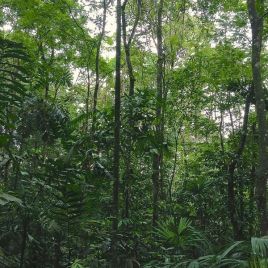Tropical rainforests that regrow after deforestation take up carbon more quickly than established forests and recover most of their biomass within decades, according to research on forests in Central and South America. Until now the recovery rate of these forests was unknown, hindering reliable estimates of their ability to absorb and store atmospheric carbon. […]
Tag: Saskatchewan
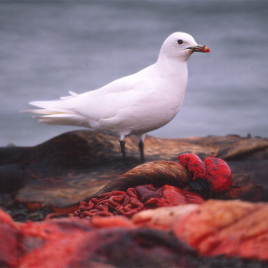
Mercury in endangered Ivory Gull feathers reach a 130-year record high
Ivory Gulls have declined by more than 80 per cent in Canada since the 1980s and have been listed as an endangered species in Canada since 2006. These gulls have the highest concentrations of mercury in their eggs of any Arctic bird, but the reason for their decline is not well understood. Researchers measured mercury […]
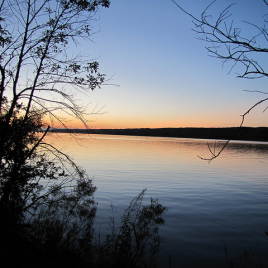
Boreal hard water lakes could become carbon sink
Hard water lakes such as the Buffalo Pound Lake in Saskatchewan, are common in the Prairie provinces. Boreal lakes normally emit greenhouse gases with the breakdown of organic matter. New research shows that atmospheric warming could transform these lakes into carbon sinks. This study contradicts the general assumption that global warming will invariably increase CO2 emissions from […]
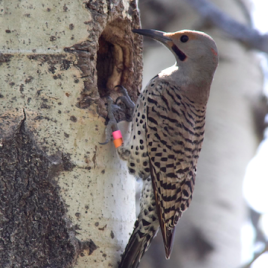
Unique woodpecker species where male travels more during winter migration
Female northern flickers, a woodpecker species who breeds during summer all across Canada, spends its winter farther north on average than males, according to a new study. Sex differences in migration distances are well known, but this is the first time researchers observed female birds that travel less distance than males. The authors believe this […]
Fighting malnutrition with ‘stronger’ chickpeas
Researchers have determined which genetic variations influence the iron and zinc concentrations in chickpea seeds, a finding that could help fight malnutrition in developing countries. The study examined 94 varieties of chickpea and found eight genetic variations – known as single nucleotide polymorphisms, or SNPs – that are associated with the iron and zinc concentration. Breeding […]
Researchers shed (X-ray) light on how cystic fibrosis causes lung damage
Researchers are now able to directly visualize, for the first time, how the ability of airways to deal with inhaled bacteria is impaired in cystic fibrosis (CF) thanks to a new technique. Previous research has suggested that CF – which is caused by a mutation in the gene for a protein called CFTR – prevents […]
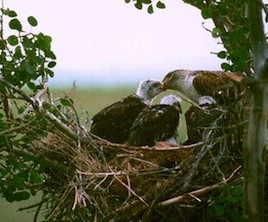
Hawks and owls have trouble as single dads
Some male hawks and owls have trouble adapting their behaviour in order to raise chicks on their own, a new study finds. In breeding pairs, the male is the primary provider of prey for their young while females tear the prey into right-sized chunks and also brood the chicks. (i.e. use their bodies to shield […]
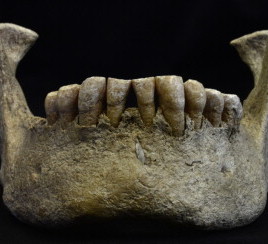
Solving a 4000-year-old ‘cold case’
A 4000-year-old skull is missing its front two teeth on the bottom jaw and has a projectile point embedded in it, but a new study shows the two aren’t related. Researchers used advanced bone imaging analysis techniques to show that the projectile tip was part of a larger arrowhead, the rest of which was buried […]
